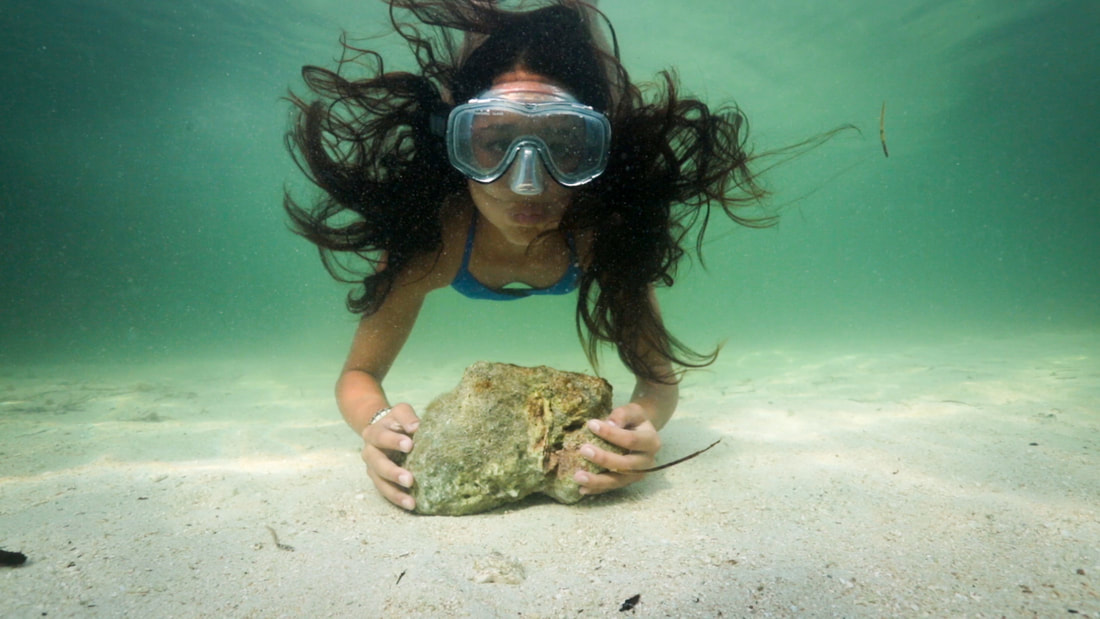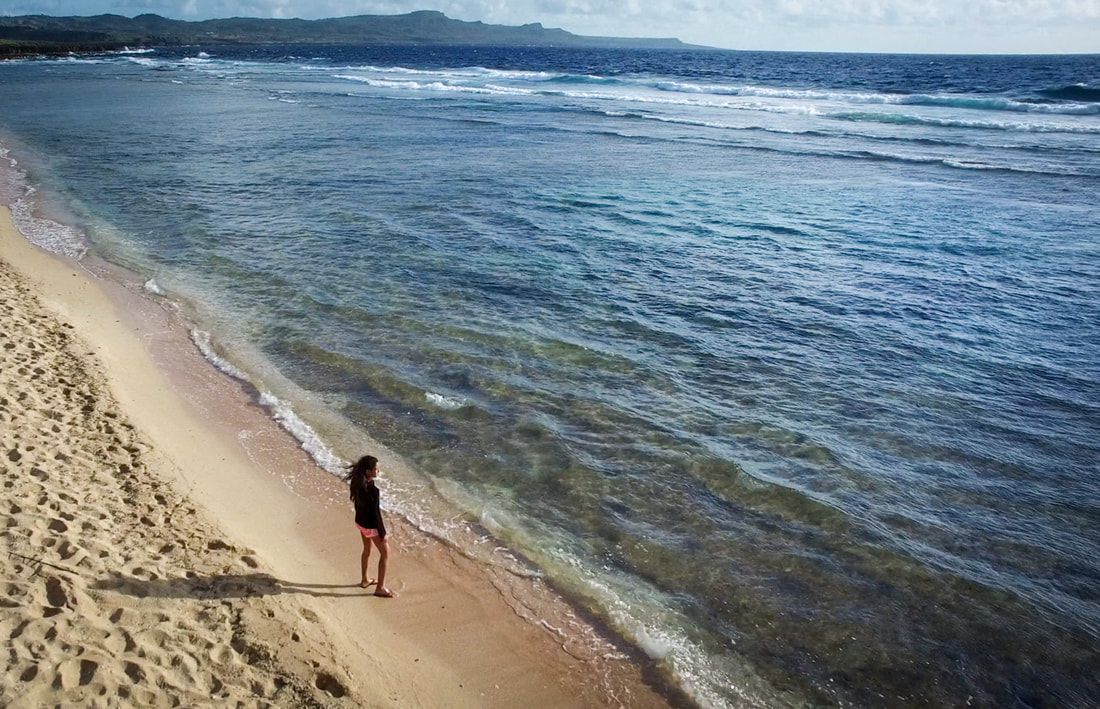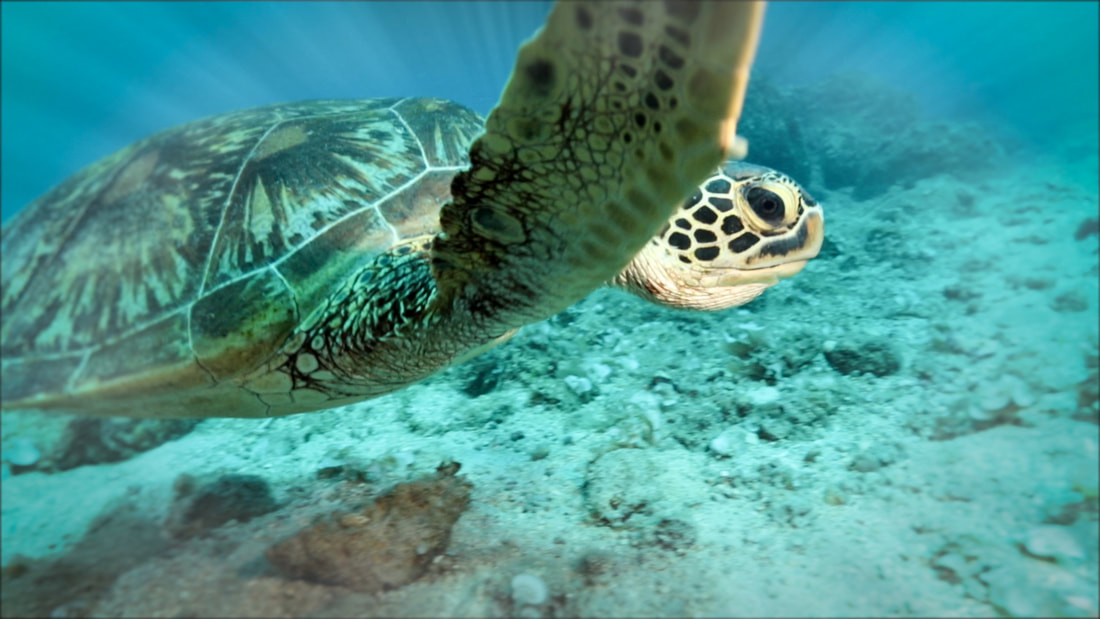|
We reached out to our festival filmmakers to ask them five questions about the experience of making their films.
What do you feel is most important to remember when telling nature related stories to younger audiences? My Haggan Dream crew: We need to remember that younger audiences need the time and opportunity to fall in love with nature before we ask them to save it. It’s easy in nature films to focus on the negative, and even adults attending a wildlife film festival can walk away feeling hopeless and overwhelmed. Hitting kids over the head too early with these heavy messages does them a disservice. We want to build a generation of children who grow up with love and empathy for the natural world, and then give them the tools to know how to save it. How do you approach storytelling? What one thing do we want people to remember after watching our film, ten years later, when all the details have faded? For children’s programming, we answer this question, and then we write the most unique story we can to meet our objective. Children are smart, sophisticated and full of imagination, just on different developmental levels. We try to create stories that cater to and celebrate their sophistication on different developmental levels -- stories that allow kids to develop empathy for the natural world, before they are asked to save it. We want kids to laugh and think and enjoy stories, so that they are building the foundation for becoming people who want to tackle environmental issues. We want to create programming that allows adults and children to laugh together, so that they want to watch again and again. Were there any surprising or meaningful experiences you want to share? We went to Saipan for a few short weeks in 2016 to film a story about the need for protection of the mother sea turtles nesting on the island. The scientists monitoring the nesting beaches told us that only seven turtles nested that season. Tragically, one of those seven was killed by poachers while we were there, leaving only 6 nesting mother turtles that year. That reality made the film feel even more important. Anything else you would like people to know? Pacific Islanders are a strong community, and they feel a strong ownership of, and responsibility for, their coastal waters and the marine animals that live there. We wanted to honor this. We were part of a team of local partners and the community in Saipan, and we all worked together to make a film that was very much their film, their story. Honestly, we couldn’t have made this piece without them- the beauty of their island, the girl who lives there, the turtles- they shared all of that, trusting us to make a film with their story.
0 Comments
Leave a Reply. |
Archives
March 2024
Categories
All
|
Contact UsJackson Wild
240 S. Glenwood, Suite 102 PO Box 3940 Jackson, WY 83001 307-200-3286 info@jacksonwild.org |




 RSS Feed
RSS Feed